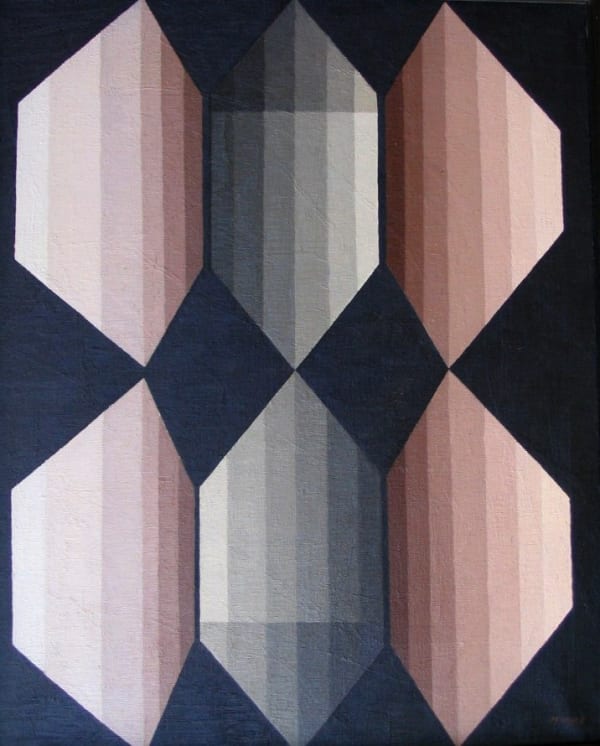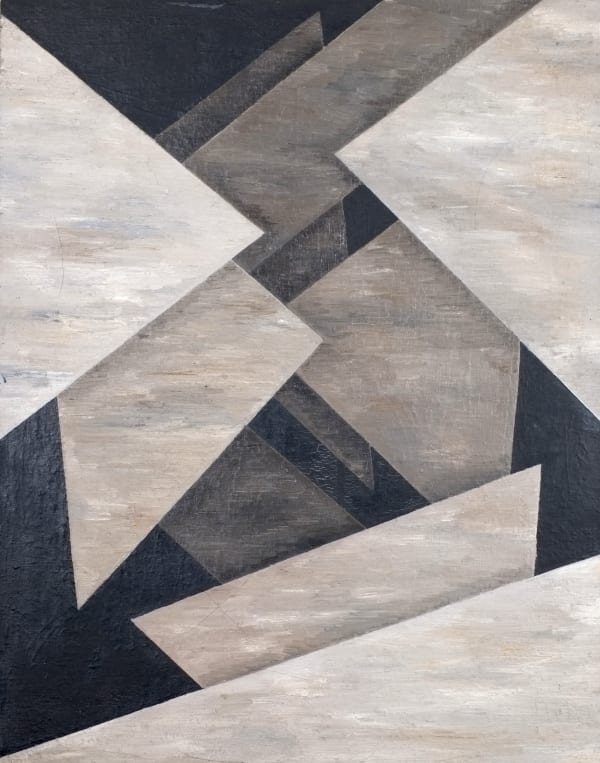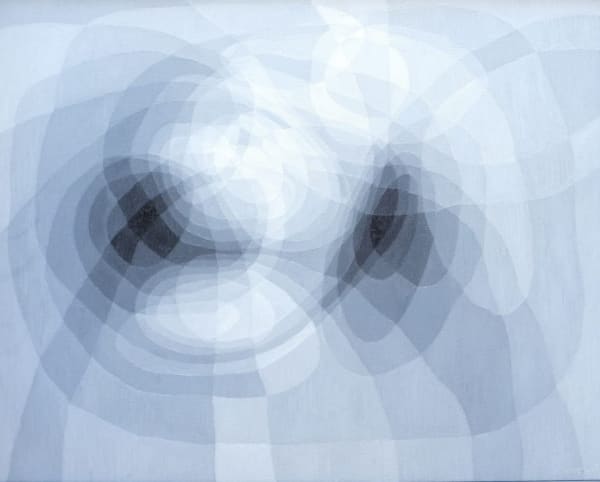Joan Puig Manera was born in Olot, Girona on October 18, 1921. Once he finished his high school studies, he moved to Barcelona to study Law and Fine Arts, and in 1956, a year after finishing university, he left to Paris.
A pioneer of the kinetic movement, Manera developed much of his activity in the French capital, where he connected with the most modern artistic media and became linked to prestigious Parisian galleries, such as Craven or Denise René. He exhibited his work not only in Paris, but also in London and the United States, alongside artists such as Vasarely, Kandinsky, Delaunay, Dubuffet and Klee, in addition to sharing exhibitions on various occasions with the Spanish kinetic reference, Eusebio Sempere.
In 1966 Manera won first prize in the painting competition organized by the Spanish ambassador in Paris. Twice, in 1961 and 1967, he was selected to represent the School of Paris at the Carnegie International in Pittsburgh, considered the artistic Triennial of the United States, and his work was projected internationally.
For family reasons, in 1971 he left Paris and returned to Spain, specifically to the town of Pontós, where he established his residence and place of work. That same year the Girona Provincial Council awarded him the Gold Medal, First Prize for Painting. During the seventies he exhibited his works in different locations in the province of Girona, as well as in Barcelona, where he achieved great critical and sales success in the retrospective exhibition that the Dau al Set Gallery dedicated to him in 1974.
The works of Juan Puig Manera stand out for their movement but light is the main protagonist of his paintings. With light he managed to create depth, make shapes vibrate and generate spatiality without any type of optical effect.











